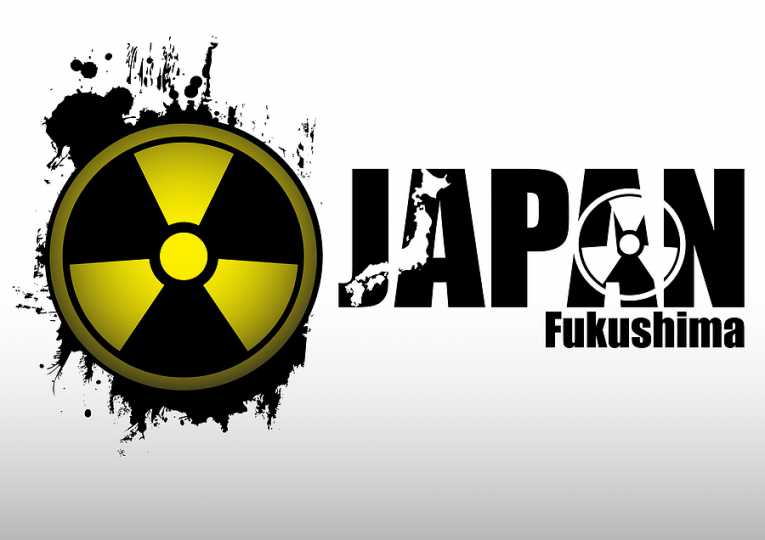It is now six months since the Japanese earthquake and tsunami put the Fukushima Daiichi Nuclear Power Station on front pages around the world and atomic scientists have been assessing the impact of the disaster.
The Bulletin of the Atomic Scientists has devoted its latest issue to an examination of the Japanese disaster, while the United States Energy Secretary Steven Chu, also mentioned the issues when he addressed the International Atomic Energy Agency's General Conference in Vienna today (September 20).
Secretary Chu said that nuclear power would continue to be 'an important part of our energy mix' with an increasing reliance on it as climate change and oil shortages change the world's energy use.
Saying that lessons must be learned from the Fukushima disaster, he added: "In the United States, a Nuclear Regulatory Commission Task Force has completed an initial 90-day review of the agency's regulatory oversight and safety standards, given insights from Fukushima, and provided a set of recommendations to enhance reactor safety."In the Atomic Scientists journal, authors look at a variety of impacts from the worst radiation leak since the Chernobyl incident of 1986.
Masa Takubo, a member of the International Panel on Fissile Materials, addressed the political struggles over the whether nuclear power has a post Fukushima future, warning that "even with a scale-down of nuclear power, the political inertia in addressing spent nuclear fuel reprocessing will most likely continue."
Looking at the health effects of the disaster, Frank N. von Hippel, co-founder of the Program on Science and Global Security at Princeton University and co-chair of the International Panel on Fissile Materials, finds that the psychological effects on those affected by the disaster are likely to as dangerous as the physical effects, with cancer rates kept down by swift government action.
Edwin S Lyman has a warning for the American government, which he believes is not alive to the dangers of earthquakes. "Many US nuclear plants appear to be subject to greater risks than they were designed to handle," he said, "particularly in regard to earthquakes."
The media's reaction is also covered, with Sharon M. Friedman comparing coverage of the disaster to those at Three Mile Island and Chernobyl: Social media and internet news was a major new development in allowing those actually affected to tell their stories, she found, saying: "Radiation coverage of the Fukushima accident was better than that for the Three Mile Island or Chernobyl accidents, but television reporting still presented some problems."
Johannis Noggerath, Robert J. Geller, and Viacheslav K. Gusiakov write about the "safety myth" which, they contend, caused the Japanese Government to focus its precautions in the wrong places and miss chances to make reactors safer. They write: "Japan's seismological agencies are locked into outdated and unsuccessful paradigms that lead them to focus on the hazard of a supposedly imminent earthquake in the Tokai district, located between Tokyo and Nagoya, while downplaying earthquake hazards elsewhere in Japan."
Top Image Credit: © unscrew










